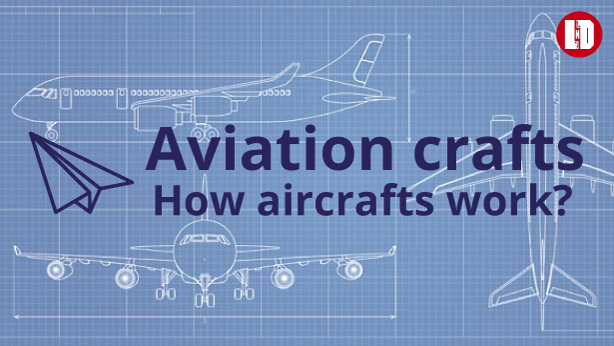What is air?
Air is often referred to as fluid in aerodynamic terms because it is one. Fluid is an invisible entity or compound of gases that cover the Earth. Air has essential substances such as O2, oxygen, and nitrogen that most species need to survive. Human beings (Homo sapiens) are, of course, one of these species. People refer to the surrounding atmosphere as air most of the time. The air at the standard level sets up the basic components of air at every level, right from the ocean to the mountains. Where in science, there is a common procedure of measurement to find out the elements of air. Atmospheric air contains nitrogen, oxygen, argon, carbon dioxide, neon, helium, krypton, hydrogen & xenon. The density and pressure of these molecules according to the place and the temperature, we cannot say the air at the seaside is the same as the mountain. These vary according to the air’s humidity and gases present among them. Among all the air present on this earth, nitrogen and oxygen occupy almost 99%, and oxygen serves as the primary life supply for animals and human beings. Whereas the plants survive on carbon dioxide, which makes up to 0.04%. This air which we are referring to is playing a major role in making our aircraft fly. Now, coming to the title “What is aviation” and how aircraft fly in these gases means a lot to learn.
Sufficient gases are mutually produced by plants and animals for each other to live. Plants consume carbon dioxide, which is produced by humans and animals while burning the oxygen they inhale.
How do airplanes work | What is aviation crafts & how do planes fly in the air?
Due to the pressure difference in the aeroplane wings, the aircraft produces lift force which allows them to fly. As air moves faster on the upper surface of the aircraft’s wing – it produces lesser pressure on the top of the wing compared to the bottom of the wing.
How Airplanes Are Controlled? Control Surfaces Of Airplane.
Basically, how does a paper airplane fly? To understand things better, consider your hands as wings. If you let one wing (one arm) down and another wing (another arm) up – this action lets the aeroplane roll. Meanwhile, the other condition is that just like you lift your nose in the airplane, if you lift both the aircraft’s elevators or flaps in the same direction, then the aircraft increases its altitude or lowers it according to its actions.
Just like this, we have yawing motion, which can be controlled by aircraft rudders. All of these control surfaces of the airplane make the aircraft fly from one place to another place, and these control surfaces are controlled by the aircraft pilot. These control surfaces are made up of different types of components, and they are pneumatic, hydraulic, or could be mechanical. The combination of pitch, yaw, and roll makes the aircraft’s overall movements. Using the same control methods, you can control a paper airplane to reach the end goal you want to attain in its flight. What is aviation crafts? and how they are controlled – let’s expand on this.
- To roll an aircraft, the ailerons are activated in different directions – whichever side the aileron is lowered will be raised, and whichever side the aileron is raised will lower its level.
- To pitch up or pitch down an aircraft, you need the help of elevators. Whenever you lift both the ailerons up, the aircraft goes down and whenever you lower both ailerons, the aircraft goes up.
- To create Yaw motion, you need the primary control surface rudder as its help. Ailerons and rudder both combined help you make a turn during flight.
Fig. A typical look of a cockpit and its control areas.
Did you learn about, What is aviation? Cool Also, check out our instructions about how to make a paper airplane is here. Check our Menu > Paper Airplanes. Will catch up soon!

